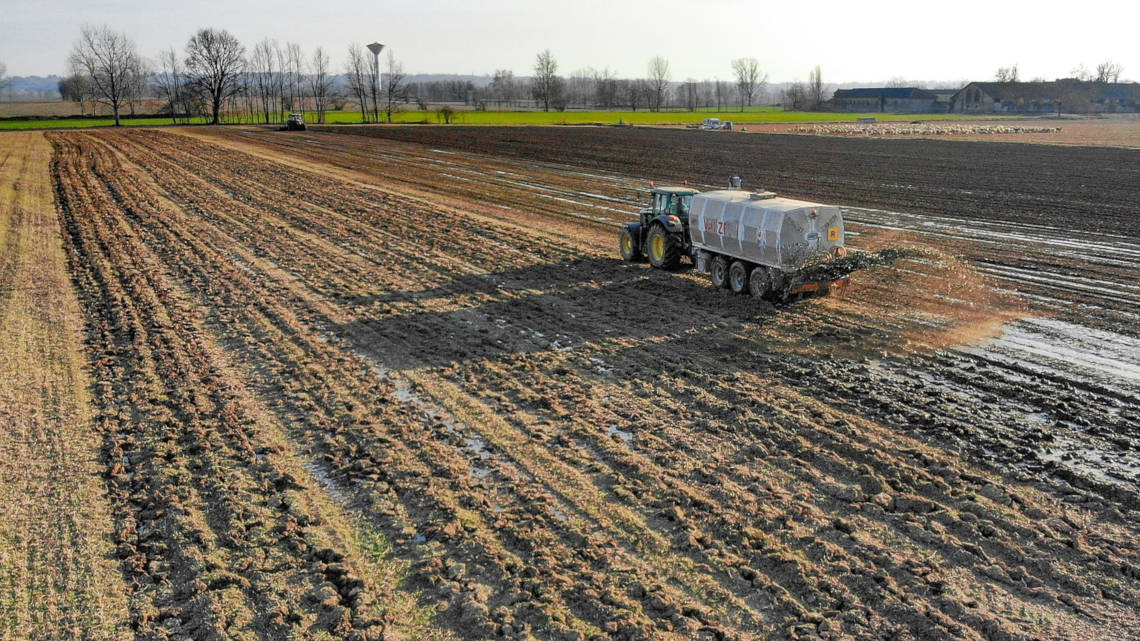Nitrogen fertilizers: less is more
Too much nitrogen increases the protein content in wheat. But it also reduces the yield, a research team has found.

Nitrogen deficiency restricts the growth and yield of plants. That is why the addition of nitrogen is a common part of agricultural practice. However, researchers from the Zuse-Gemeinschaft report that the effect is reversed and the yield when as little as 135 kilograms are used per year and hectare. They also present new applications for field beans and a device that analyzes the ingredients and shelf life of food.
No more protein than necessary
Agricultural researchers at Humboldt-Universität zu Berlin have investigated twelve common wheat varieties on loamy sandy soils to determine how different levels of nitrogen input affect the harvest. The results show that although higher doses continuously increased the protein content in wheat - which the food industry rewards with higher prices - this is accompanied by declining yields. "Even N-fertilization in the usual quantities on the light soils of the test site apparently led to the yield being reduced by fertilization," sums up Andreas Muskolus, lead investigator. He advises not to increase the protein concentration beyond the amount required for baking and, at the same time, to attach more importance to the root development of the wheat during breeding in order to support the plants in drought phases.
Bean protein replaces sugar or egg yolk
One of the healthy crop rotations for winter wheat is the broad bean, currently mainly used for animal feed. "We are researching how to use the protein of the broad bean with its valuable properties in attractive foods for human nutrition," explains Jesus Palomino, Head of the Proteins Department at the Pilot Plant Oil Technology Research Institute in Magdeburg. "By adjusting parameters such as pH value and temperature, we were able to functionalize the protein in such a way that good adhesive properties were achieved," explains Palomino. In this way, for example, herbs or grains could be glued to the surface of crispbread, for which the industry currently uses sugar. In mayonnaise, the bean protein could replace chicken egg yolk as a binding agent.
Quality control in seconds
An infrared spectrometer from fzmb GmbH (Research Center for Medical Technology and Biotechnology) in Bad Langensalza is used for quality control. The measuring device determines the nutritional values of meat, sausages, cheese and many other foods within a few seconds without the use of chemicals. This is made possible by a combination of reference values and artificial intelligence, which evaluates the measured spectrum. In the future, the germ count of a food sample and thus its shelf life will also be determined in this way.
bl/um


